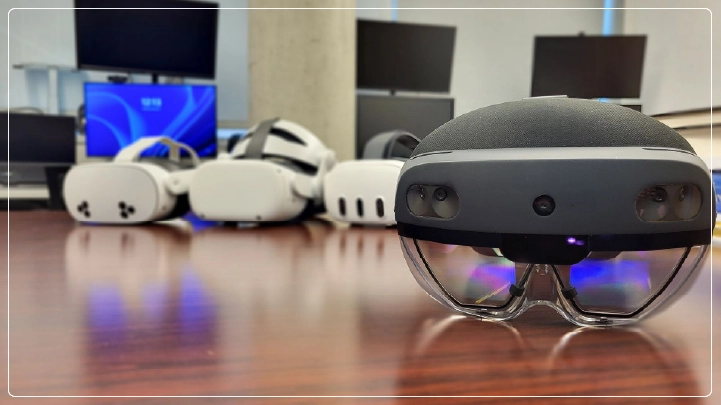February 2025
The University of Texas at Dallas (UTD) and the Federal Aviation Administration (FAA) are embarking on a research initiative into Extended Reality (XR) technologies for additional improvement of aerospace maintenance and training. The FAA has awarded the Virtual Reality, Augmented Reality, and Simulation Technology (VAST) Lab at UTD a contract for $5 million to study the enhancement of safety, efficiency, and training practices in the aerospace industry using immersive technologies.

In collaboration with the FAA's Civil Aerospace Medical Institute (CAMI), this project aims to introduce XR technologies into the National Airspace System to address human factors associated with maintenance. The aim is to optimize training methods, enhance technician performance, and ensure operational safety. The initiative will look into reducing costs, cutting down on errors, and setting up the new standards for the technical training of the industry and maintenance.'"
United States University of Texas and the Federal Aviation Administration's Civil Aerospace Medical Institute are investigating augmented and mixed-reality technologies for improvement to maintenance and training in aviation. AR can superimpose digital data in reality, guiding technicians in real time while assuring accuracy and efficiency. MC and Metaverse integration will allow technicians to train in real-time connected to instant feedback and interaction with digital components. Performance and analytics will be developed to evaluate trainee proficiency and to benchmark maintenance best practices.
Remote assistance and virtual site visits will allow technicians to obtain real-time expert guidance while at the same time, site visits will enable supervisors and specialists to see and interact in the maintenance environments without actual travel. Human factors will be studied, and how XR technologies affect technician comfort, ergonomics, and usability in high-stakes situations. These comfort, safety, and usability issues will ensure that XR is innovative and functional in the field.
The Advanced Research Initiative in XR-enabled Aerospace Approaches brought UTD together with the FAA CAMI to foster the development of XR-based solutions for aerospace maintenance and technical training. Such applications are planned to be integrated with the research community, government, and industry stakeholders, such as the FAA, to treat future early implementations. The findings could be extrapolated to other sectors- health, manufacturing, and defense stand to gain significantly since XR has exhibited promise in improving safety, operational efficiency, and workforce training in these sectors.
FAA investment in XR research is in the direction of establishing safety-enhancing standards, cost-saving for operations, and putting the aviation workforce at the forefront of technological innovations. It is all about the holy land exploring scope with the use of immersive technology in furthering education, training for improving performance, and bringing about an entire paradigm change in industries, while it happens at the VAST Lab at the University of Texas at Dallas.
February 2025
February 2025
February 2025
February 2025